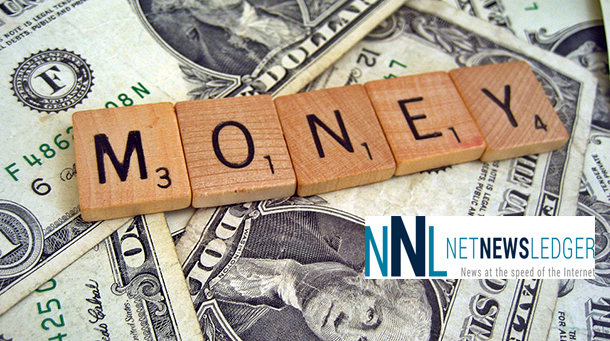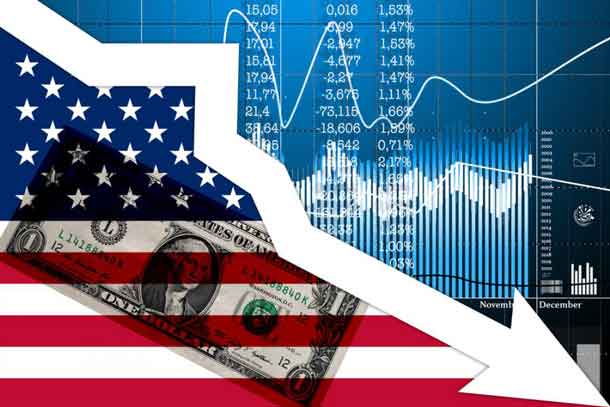 THUNDER BAY – Leader’s Ledger – As part of the second part of a three week spate of columns that are evaluating some financial and economic risks at play in our country, this week’s column will focus on the consumer debt bubble in Canada.
THUNDER BAY – Leader’s Ledger – As part of the second part of a three week spate of columns that are evaluating some financial and economic risks at play in our country, this week’s column will focus on the consumer debt bubble in Canada.
Many economists and analysts are beginning to warn households about our high levels of consumer debt because, like the emergence of a housing bubble, it can have some serious impacts on Canada’s medium-to-long term economic security. The risks associated with a debt bubble, or what many call a ‘credit bubble,’ are quite similar to those of a housing bubble. Before discussing some possible negative impacts though it would be a good idea to figure out what a consumer debt/credit bubble is and to see if we are fact in one.
The definition of a consumer ‘debt/credit bubble’ is a little harder to come by than that of a housing bubble since there are different types of debt (consumer, mortgage, student loans, etc), which is held by more people, and with less identifiable trend lines over time. Even BMO Nesbitt Burns, a respected investment branch of a major Canadian bank, which just last month cautioned against the “risk” possible bubble seemed to have difficulty defining what a debt bubble is. It is safe to say though that most analysts would agree that an economic bubble, whether it be an asset bubble like housing or a debt/credit bubble, involves overconsumption and behaviour that is “unhinged” from the reality of the market.
As for a consumer debt/credit bubble, analysts are unsure if we have entered a bubble period yet but they all seem to agree that the record amount of debt that our households are carrying is a potential threat to our economic well-being – especially if interest rates increase as is universally expected. Analysts suggest we could in fact be in a bubble period because the level of consumer debt in Canada is at its highest level ever, because Canadian households are carrying more debt than those in just about any other country in the industrialized world, and because we are still borrowing and forcing our level of debt higher on a monthly basis.
At the end of the first fiscal quarter of 2011, Canadian household debt stood at $1.524 trillion dollars, or about 147% of our disposable yearly income according to Statistics Canada. Lenders take many things into consideration when extending credit, but your credit history, assets, and income relative to your existing debt are generally the most important. Most of the time lenders will only lend money when they think they will get back plus a desired amount of interest. The real problem emerges though when lenders become unsure that they will be able to recover the money that they’ve loaned. Unfortunately for us, there are many events or situations well beyond the control of households which can cause this uncertainty to emerge.
So what could trigger the bursting of our consumer debt/credit bubble in Canada? A mass default on sovereign or state credit (think Greece, Spain, or in the worst case the United States) could cost large lenders enormous sums of money which they would have to recover from other debtors, a sudden plunge in employment may lead to hundreds or thousands of families simultaneously defaulting on their mortgages and loans, and soaring inflation could lead to higher interest rates causing credit to become scarce and more expensive to access. This potential problem is more serious because our society is addicted to cheap and easy to access credit to fuel growth by helping us finance and furnish our homes, pay for our vacations, and fund our investments. As such, less credit will necessarily mean less economic activity, less corporate profits, more jobs losses, and less economic growth.
I don’t mean to sound pessimistic about this (hopefully more of a realist), but if the bursting of a consumer debt/credit bubble coincides with the bursting of a housing bubble then we could be looking at an economic situation that is potentially worse than that faced by families the United States today. Despite that eerie possibility though many analysts are starting to speak openly out about possible housing and debt bubbles not just because they are concerned about a crisis, but also because there is still time for us to avoid crisis – we as individual consumers and households must voluntarily choose to moderate our borrowing and pay down our consumer debt which BMO Nesbitt Burns suggests we have already begun to do. In the end, lower household debt will mean a more flexible and stronger economy that reflects reality and leads to a gradually deflation of debt and housing bubbles instead of their bursting.
There are some links below about consumer debt in Canada, as well as some very recent articles and analyses of some of the structural problems. Next week I will offer my opinion on our Conservative government’s questionable fiscal behaviour and explain why it is creating further, and unnecessary, economic risk for us moving forward.
John Rafferty MP
Thunder Bay Atikokan
“Special Report: Canadian Housing Debt Slowing but Still Growing,” BMO Nesbitt Burns.
“Stats Canada Discusses Household Debt, The Economic Analyst” (private website).






